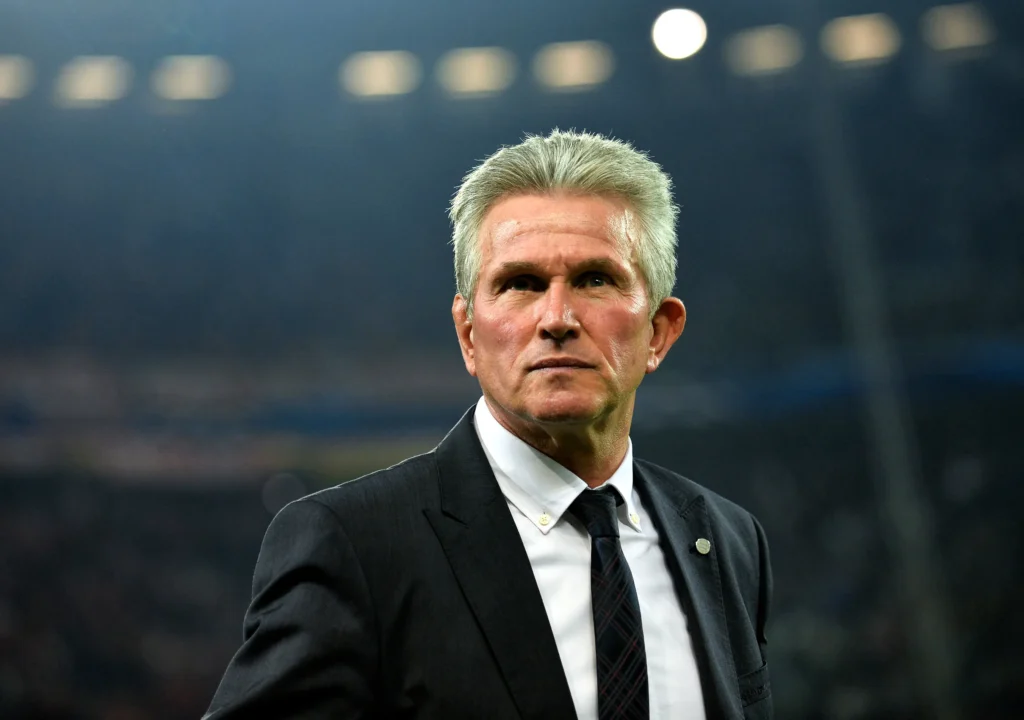
Jupp Heynckes
The landscape of football tactics has undergone a significant transformation in recent years, with coaches like Jupp Heynckes leading the charge in this evolution. His unique approach to tactical fluidity and high pressing has been instrumental in shaping how teams engage with both their opponents and the game itself. Understanding this evolution requires examining different tactical trends and how they influence training, player development, and match-day strategies.
Pressing: The New Norm in Jupp Heynckes
Pressing has become one of the defining features of modern football, with teams employing intense high-pressure strategies to regain possession. Jupp Heynckes has been a prominent advocate for this tactical approach, emphasizing the importance of pressing high up the pitch 100vip.
Pressing shifts the focus of gameplay from defense to an aggressive pursuit of the ball, dictating the rhythm of the match and making it challenging for opposing teams to build effective attacks. Heynckes’ teams are known for their relentless pursuit of the ball, leading to quick recoveries that allow for immediate counter-attacking opportunities. This approach not only disrupts the opponent’s gameplay but also cultivates a winning mentality among players who thrive on the excitement and energy that pressing generates.
Furthermore, pressing requires a significant level of physical conditioning and cohesion among team members. Players must be aware of their responsibilities and work collectively, which develops not only tactical understanding but also a deeper sense of camaraderie. Heynckes has often mentioned that the players’ ability to press effectively correlates with their bond and mutual understanding on the pitch, demonstrating how tactical philosophy and team morale are interlinked.
Positional Play and Fluidity
Another hallmark of Heynckes’ tactics is positional play where players interchange roles dynamically. This fluidity allows teams to create space, maintain possession, and keep opponents guessing about their next move. Instead of adhering strictly to predefined positions, players in Heynckes’ system are encouraged to maintain a fluid and adaptable approach.
This tactical complexity not only provides a competitive edge but also nurtures individual player creativity. Given the freedom to still maintain tactical discipline, players like Thomas Müller and Arjen Robben have thrived under Heynckes’ teachings, showcasing their skills to exploit defensive weaknesses effectively. Positional fluidity breaks down rigid defensive setups and creates opportunities for incisive attacks.
Moreover, the adaptability in positional play aids in defensive solidity. By occupying optimal spaces on the field, players can better support each other defensively, communicate effectively, and form a compact structure. This dual focus on attacking fluidity and defensive organization defines modern football and showcases Heynckes’ tactical evolution.
The Role of Data and Analytics
In the era of modern football, data-driven decision-making has become increasingly vital, and Jupp Heynckes has embraced this trend wholeheartedly. The integration of data analytics into football tactics allows for a deeper understanding of player performance, opponent weaknesses, and overall team strategy.
Heynckes leverages comprehensive analysis to assess his tactics’ effectiveness, adjusting his approach based on statistical insights gleaned from match data. This analytical lens aids in refining individual player roles, tweaking formations, and understanding the dynamics of a game in real-time. Coaches who adapt their strategies according to data not only enhance their teams’ performance but also embody the forward-thinking spirit that characterizes contemporary football.
Furthermore, using data analytics fosters an environment of accountability among players. Each individual’s contributions can be measured and analyzed objectively, promoting performance improvement and self-awareness. This level of scrutiny pushes players to strive for excellence and understand that every tactical nuance matters in achieving success on the pitch.
